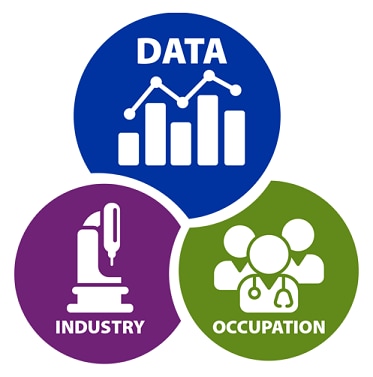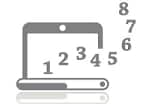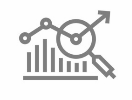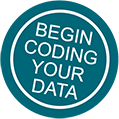Collecting and Using Industry and Occupation Data

Before you begin collecting and using industry and occupation information, there are some things to consider to ensure you get the information you need.
What do these three people have in common?
- A 28-year-old woman has chronic back pain.
- A 52-year-old man has a cough that won’t go away.
- A 17-year-old boy develops a rash on his arms.
What if you knew:
- The woman is a mail carrier for the post office.
- The man volunteers in the elephant house at a local zoo.
- The boy works part-time as a presser for a dry cleaner.
Each of these people have symptoms that could be caused by a variety of things, but job is often overlooked as a possible source of health problems.
Information about a person’s work can help determine if hazards, injuries, or illnesses are higher among certain industries and occupations. It is important to collect work-related information on case reports and public health surveys so researchers can consider all the factors that may make a person sick. But, before you begin collecting and using industry and occupation information, there are some things to consider to ensure you get the information you need.
NIOSH has an autocoder you can use to code industry and occupation data. Learn more about NIOSH’s Industry and Occupation Computerized Coding System (NIOCCS).




